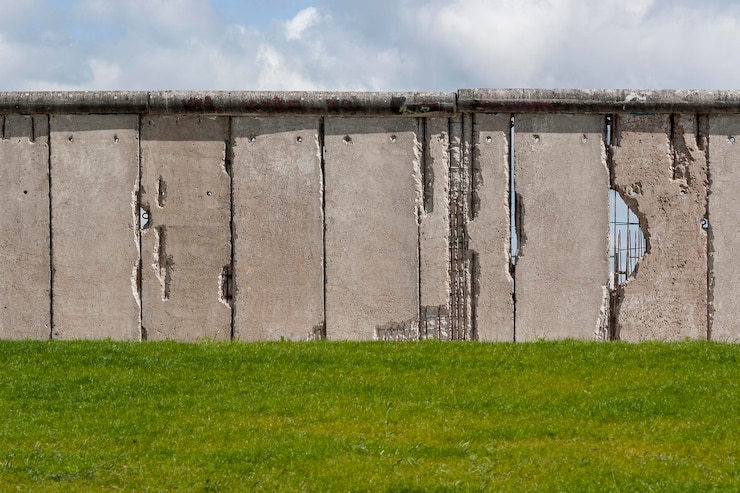
Are you thinking about building a retaining wall in your yard? You’re not alone. Many homeowners consider using this project to enhance their landscape, prevent soil erosion, or create more usable outdoor space. But here’s the big question: Can you DIY a retaining wall, or is it smarter to call in the professionals?
The answer depends on several important factors, like your budget, experience, and the complexity of the wall. If you’re planning something more than a simple garden border, carefully consider the pros and cons. Whether you’re looking to add function or flair to your outdoor space, the decision could impact your home’s safety and value—especially in areas like retaining walls Grand Rapids, where soil conditions can vary.
Let’s dig into what you need to know before you pick up a shovel—or the phone.
The Purpose of a Retaining Wall
Before deciding who should build it, you need to know what your retaining wall will actually do. Retaining walls are primarily designed to:
- Hold back soil and prevent erosion
- Create level areas in sloped yards.
- Improve drainage around foundations.
- Add visual interest and curb appeal.

The higher or longer the wall, the more force it needs to resist. This means more planning, more materials, and possibly more risk if things go wrong.
When You Can DIY a Retaining Wall
If you’re handy and love weekend projects, the idea of a DIY retaining wall might be appealing—and in some cases, it’s absolutely doable. Here’s when you might be safe to go the DIY route:
1. The Wall Is Less Than 3 Feet Tall
Most building codes allow homeowners to construct walls up to 3 feet without engineering help. These smaller walls are ideal for garden beds or decorative borders.
2. You Have the Right Tools and Time
Building a wall isn’t a quick job. It involves digging, leveling, stacking, and possibly cutting stone or blocks. You’ll need a shovel, wheelbarrow, compactor, level, and a lot of patience.
3. The Ground Is Stable
Flat, dry areas are much easier to work with. If you’re not dealing with major slopes or water drainage issues, you might be able to handle the project yourself.
4. You’re Comfortable With Manual Labor
This isn’t just planting a few flowers. Retaining wall blocks can be heavy, and you’ll be moving a lot of dirt and gravel. If you enjoy physical work, this might be your kind of challenge.
Risks of DIY Retaining Walls
Even if the project seems straightforward, there are real risks to doing it yourself.
– Poor Drainage
Without the right drainage setup behind your wall, water pressure can build up and cause the wall to bulge or collapse.
– Improper Base
The most important part of a retaining wall is what’s beneath it. A poorly built base can lead to tilting and long-term damage.
– Legal and Safety Issues
In some areas, retaining walls require permits or inspections. If your wall fails and causes property damage, you could be liable.
– Hidden Costs
Sure, you’re saving on labor—but if you make a mistake, you might have to pay to fix or redo the whole thing. That can get pricey fast.
Why Hiring a Professional Might Be Worth It
A pro will bring experience, tools, and an understanding of the local terrain that most homeowners simply don’t have. Here’s why hiring help might be your best bet:
1. Engineering Knowledge
Professionals know how to handle complex terrain, heavy loads, and drainage systems. They can design a wall that not only looks great but performs well under pressure—literally.
2. Quality Workmanship
Contractors are trained to install proper footings, drainage pipes, and backfill. They also know how to align blocks perfectly and ensure long-term stability.
3. Faster Completion
A job that might take you weeks could be done by a pro in just a few days—especially helpful if you’re on a timeline or prepping for a home sale.
4. Warranties and Peace of Mind
Most reputable contractors will offer a warranty on their work. That’s something you don’t get when you DIY.
5. Increased Property Value
A professionally built retaining wall can boost your home’s resale value and curb appeal, especially in competitive markets like retaining walls Grand Rapids.
The Bottom Line
Building a retaining wall can transform your yard, prevent serious erosion, and boost curb appeal—but only if it’s done right. While a DIY wall might be within your reach for smaller projects, larger or more complex walls call for the skill and experience of a professional.
If you’re located in areas where landscape grading and soil type play a big role, like retaining walls Grand Rapids, it’s especially important to consider all your options before jumping into a DIY build. In the end, investing in professional help could save you time, money, and a whole lot of stress.





